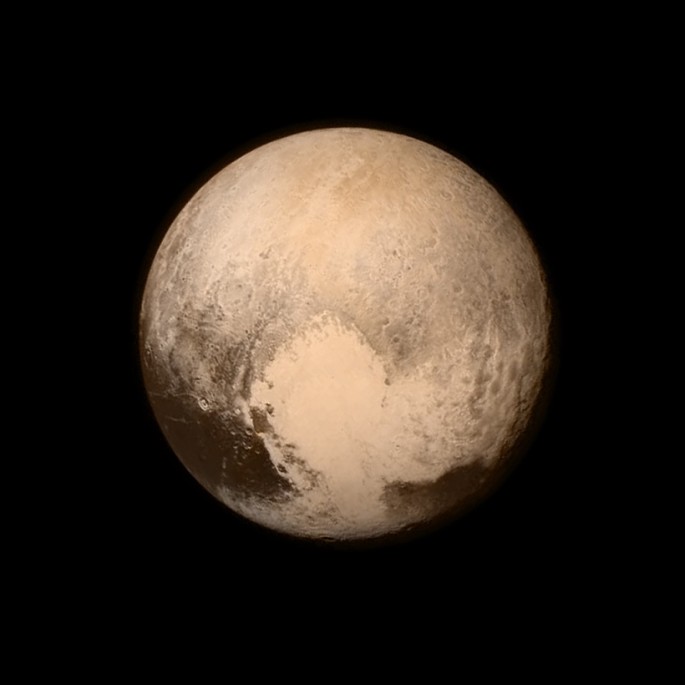A controversial move was issued nine years ago by the International Astronomical Union as they established a new criteria for what defines a planet that kicked out Pluto as the solar system's ninth planet. Apart from Pluto, there are also some 5,000 of these so-called planets in the outskirts of the solar system that are still undecided.
However, on Tuesday, astronomer Jean-Luc Margot of the University of California Los Angeles revealed a new and simple "planet test". To date, the IAU considers a celestial body as a planet when it orbits around the sun and possesses enough mass to produce self gravity and also to overcome rigid body forces where it assumes a nearly round shape and lastly, its orbit is clear of any similar celestial bodies.
The last criteria removed Pluto under the classification of a planet since it was moved into a new category of "dwarf planets" since Pluto is also similar with Ceres in the Main Asteroid Belt between Mars and Jupiter along with Eris, Haumea and Makemake that are also located in the same region as Pluto, in the Kuiper Belt.
When it comes to Margot's new test, the ability of a planet to dominate its own region in space is the criteria he based on this test in determining a new classification system for planets that are beyond the solar system.
This test can determine whether a celestial body can be clear of a specific area in its orbital region during a specific time scale such as its parent star's lifespan. This test claims to be easier to be carried out to immediately classify 99 percent of all known exoplanets near the solar system.
This proposed criteria will only estimate star mass, planet mass and orbital period where all of these can be readily observed and obtained using ground based and space based telescopes. Unfortunately, Pluto still fails this planet test.
Margot says that there is a disparity between planets and non-planets that are extremely distinct and these differences suggest a fundamental belief how bodies are formed in the solar system and classifying them reveals something profound about nature.
This new study is published in the Astronomical Journal.



























